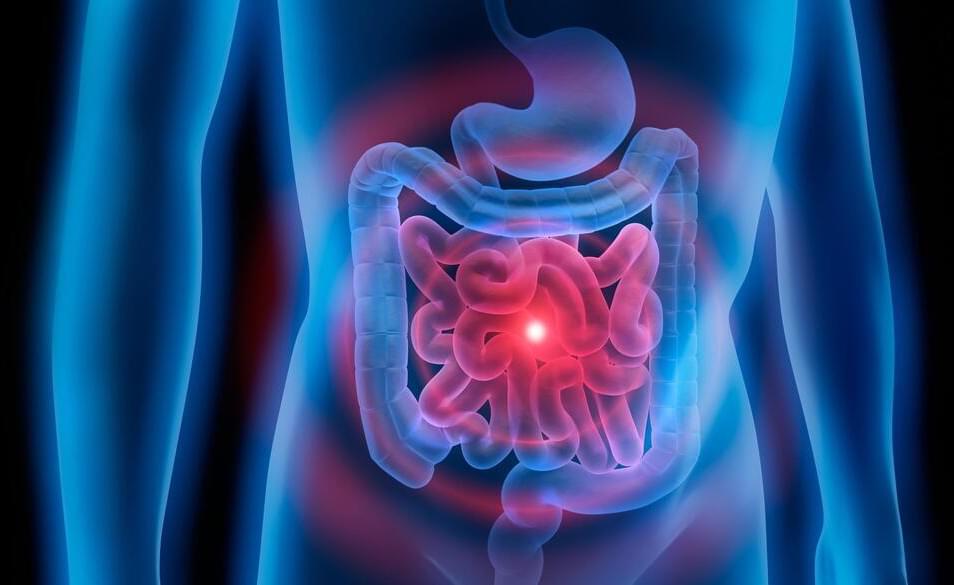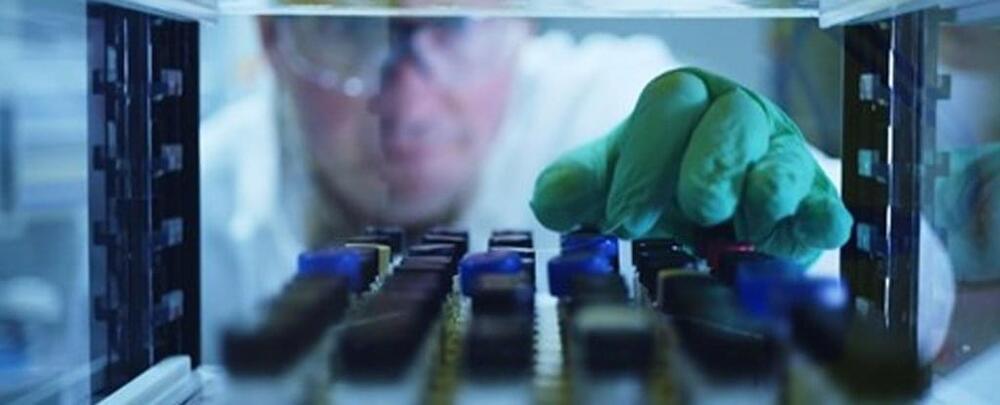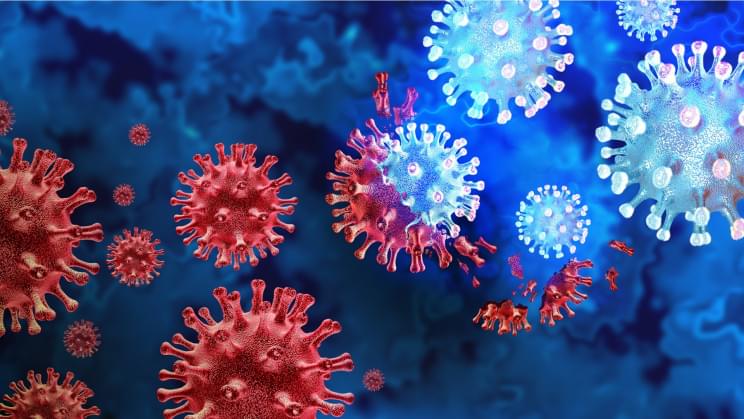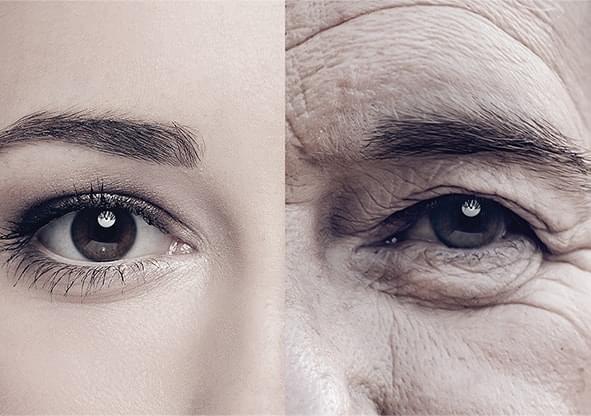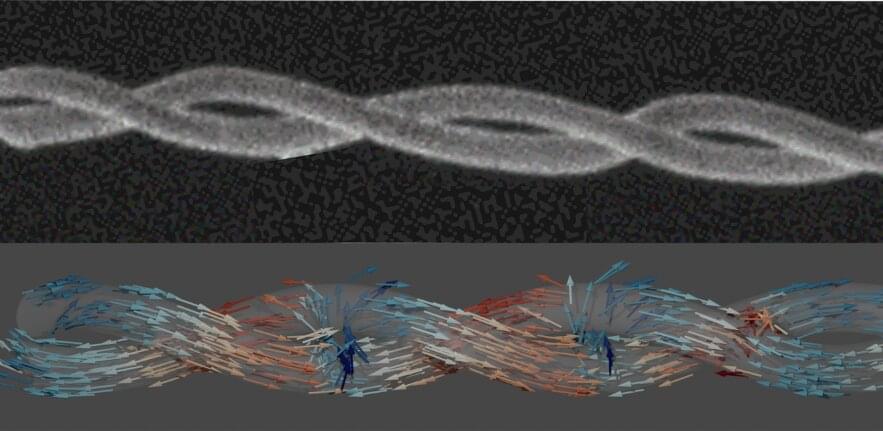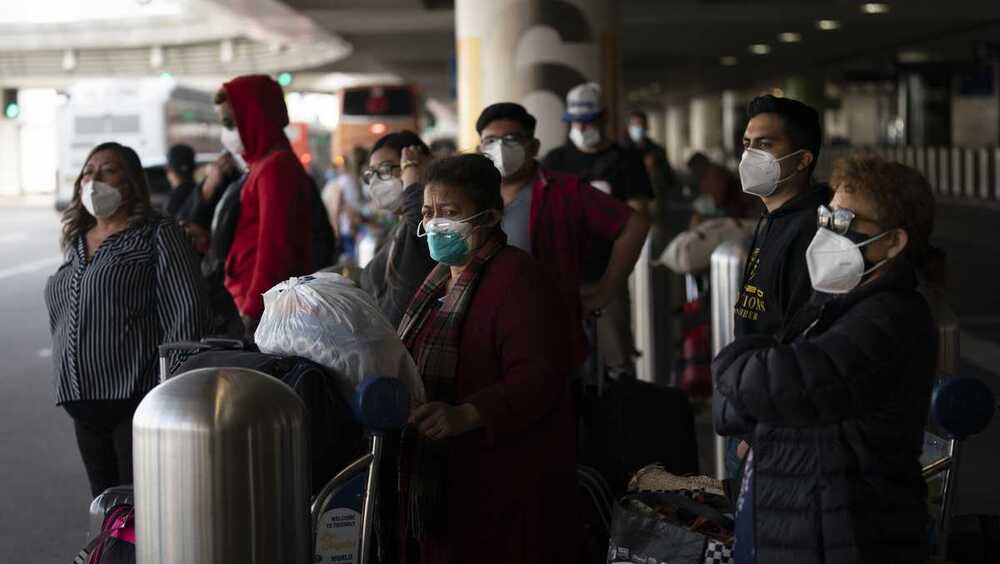Researchers say they have found a growth hormone in the colon that helps damage DNA, which aides in the aging process. The finding could lead to new therapeutic approaches to aging-associated disorders like cancer.
Whereas circulating pituitary growth hormones decline with age, non-pituitary growth hormones, or npGH, increase with age. That means the colon tissue growth hormone helps initiate the first stages of tumor development and influence the aging process, Cedars-Sinai Medical Center researchers said in research published in the journal Cell Reports.
At the core of the issue is npGH blocking a certain protein from protecting DNA from damage. The protein, p53, is a tumor suppressor that helps repair DNA, but it can also awaken growth hormones.
